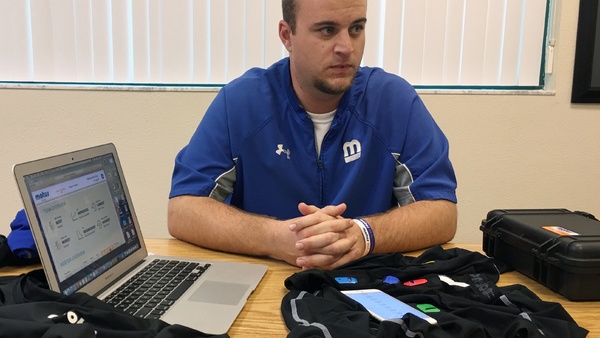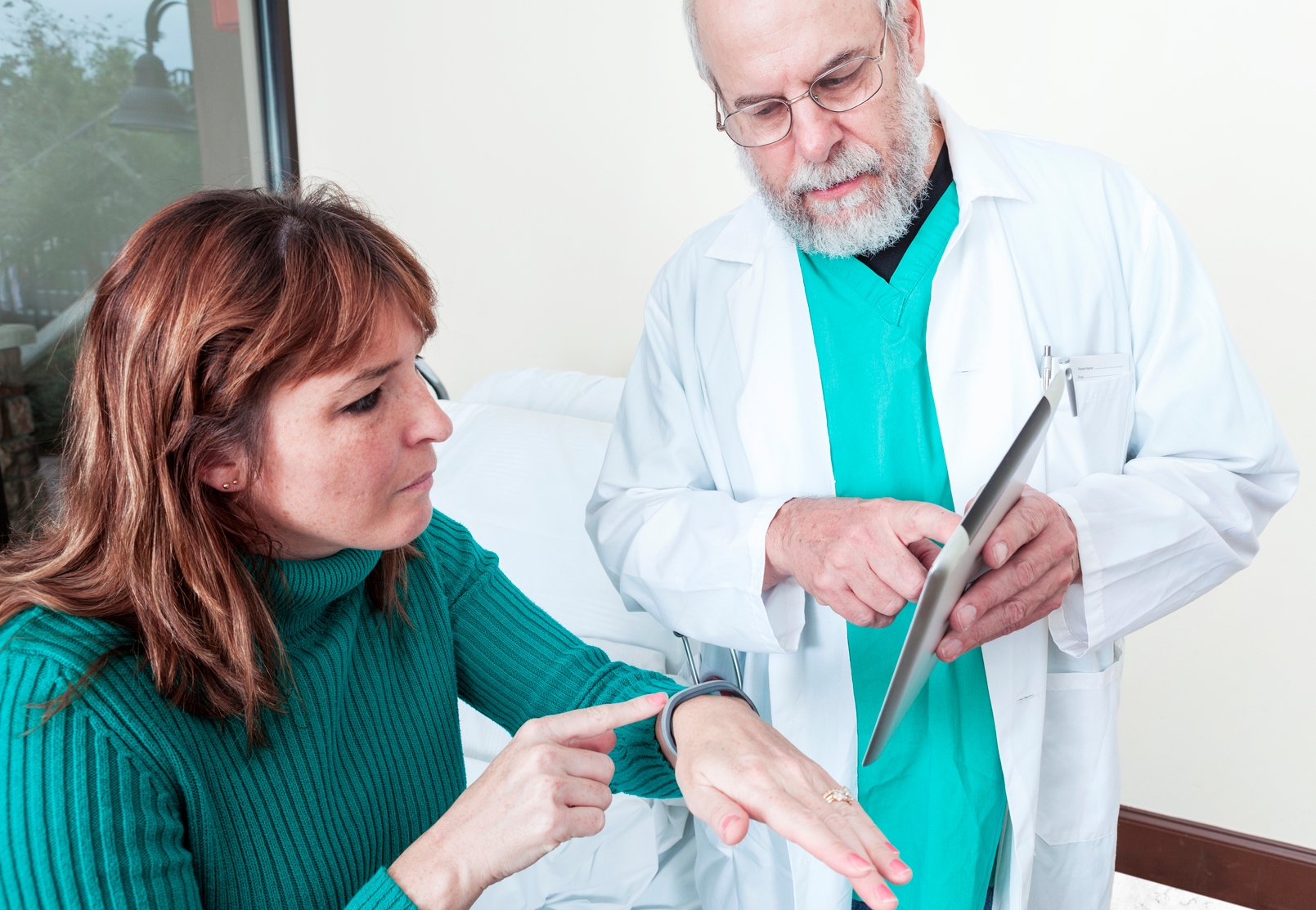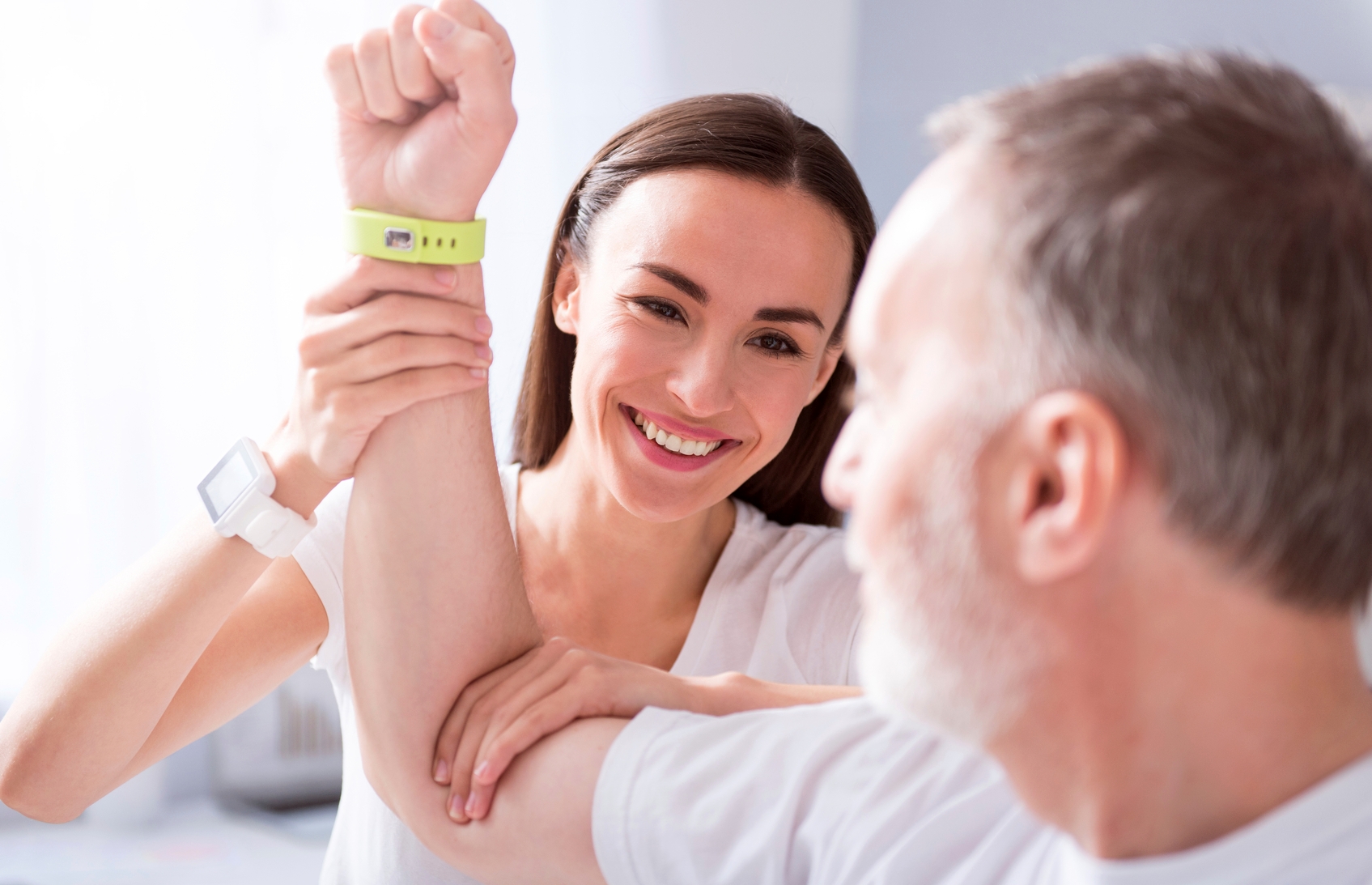 In this March 20, 2016, photo, Ben Hansen, chief technology officer of Motus Global, explains how five sensors placed in compression clothing measure crucial baseball player data, such as hip speed or torque on the elbow, in Bradenton, Fla. According to the Associated Press, Major League Baseball's playing rules committee approved two devices for use during games this season. Similar devices could help other workers who lift and twist on the job. (AP Photo/Tamara Lush, File)
In this March 20, 2016, photo, Ben Hansen, chief technology officer of Motus Global, explains how five sensors placed in compression clothing measure crucial baseball player data, such as hip speed or torque on the elbow, in Bradenton, Fla. According to the Associated Press, Major League Baseball's playing rules committee approved two devices for use during games this season. Similar devices could help other workers who lift and twist on the job. (AP Photo/Tamara Lush, File)
Wearable technology has moved beyond Google Glasses and your average activity tracker.
The U.S. Food and Drug Administration’s (FDA) recent approval of the exoskeleton — which enables individuals who are disabled or paralyzed to walk again — is one dramatic example of how this advancing technology can revolutionize the treatment of injured workers

Wearables may be one of the fastest growing technology sectors. (Photo: iStock)

Location trackers also can assist employees with brain injuries during the healing process. (Photo: Parker Hannifin Corporation)

Wearables are already beginning to improve the way workers’ compensation injuries are managed and prevented, getting injured workers healthy and back on the job quickly and safely. (Photo: iStock)